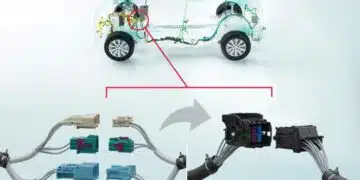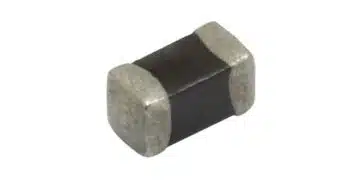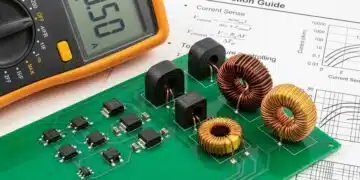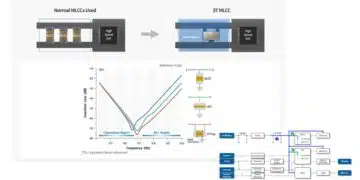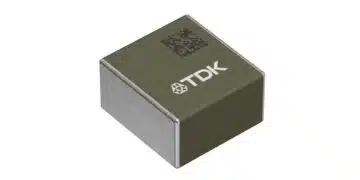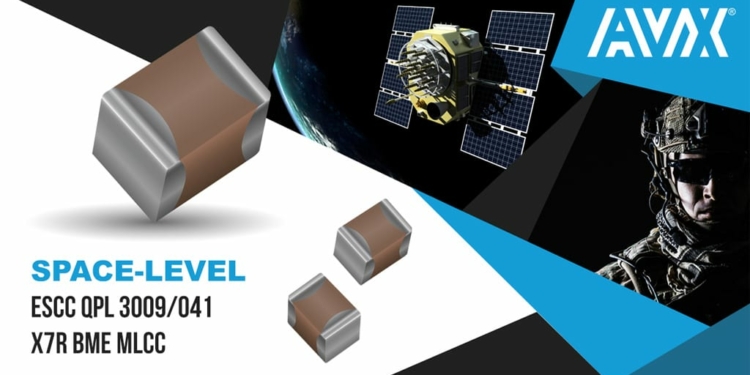Source: Globe newswire
Now available in seven case sizes spanning 0402 to 2220 with capacitance values & voltage ratings extending from 2.2nF – 22uF & 16–100V, AVX’s space-qualified BME MLCCs have the highest CV range of any ESCC MLCC currently available on the market.
FOUNTAIN INN, S.C., July 16, 2018 (GLOBE NEWSWIRE) — AVX Corporation, a leading manufacturer and supplier of advanced electronic components and interconnect, sensor, control, and antenna solutions, has extended its range of space-level ESCC QPL 3009/041 X7R base metal electrode (BME) multilayer ceramic capacitors (MLCCs) — the first range of ESCC BME MLCCs fully qualified for use in European, Asian, and American space market applications — with new 0402 and 2220 case sizes. Now available in seven case sizes spanning 0402 to 2220 with capacitance values and voltage ratings spanning 2.2nF – 22μF and 16–100V, these compact, lightweight, surface-mount capacitors have the highest CV range of any ESCC MLCC currently available on the market. They also utilize AVX’s patented FLEXITERM® termination technology, which allows for more board flexure than standard terminations, provides proven-effective protection against thermal and mechanical stresses both during assembly and throughout component lifetimes, and enables the safe, reliable employment of large case sizes.
Tested to the European Space Agency’s stringent 3009/041 specifications for high-reliability performance, AVX’s newly extended range of leading-edge, space-level, X7R BME MLCCs exhibit high-CV capabilities superior to standard MLCC technologies, which have long been the standard for the global aerospace industry. Their high-CV performance enables revolutionary board space, weight, and component count reductions that directly translate into lower launch costs in space applications. Ideal applications for the series include I/O filtering and bulk storage in the switch mode power supplies (SMPS) within space and satellite communications and launchers, military aircraft, and defense, weapons, and radar systems.
“AVX has effectively employed BME technology since the 1990s. Our range of ESCC QPL 3009/041 X7R BME MLCCs received QPL approval in 2015, and has already proven itself capable of revolutionizing space-, weight-, and reliability-critical designs,” said Michael Conway, product marketing manager at AVX. “
The ESA’s approval of our new range extension allows us to offer the highest CV range of any ESCC MLCC currently available on the market — up to 22μF at 25V in a 2220 case size. This allows our space and military customers to safely downsize large cases in their current designs to save additional PCB space and weight, to continue using large, high-CV capacitors to reduce the number of capacitors they need, and to meet demanding new design challenges set by their customers.”
The series ships with standard high-reliability lead-times.
For more information about AVX’s range of ESCC QPL 3009/041 X7R BME MLCCs, please visit http://www.avx.com/products/ceramic-capacitors/surface-mount/militaryaerospace/escc-3009041-space-level-bme-x7r-mlcc/.





